Optimal Timing for Mold Inspections
Mold inspections are most effective when conducted during periods of high humidity or after water-related incidents. Moisture promotes mold growth, making timely inspections crucial for early detection and mitigation. Seasonal changes, such as spring and fall, can also influence mold activity due to fluctuations in indoor humidity levels.
Conduct mold inspections during humid months to identify hidden mold growth caused by increased moisture levels.
Immediately after flooding or leaks, inspections help detect mold before it spreads extensively.
Spring and fall often bring higher indoor humidity, making these ideal times for inspections.
Perform inspections to ensure mold is not present before real estate transactions.
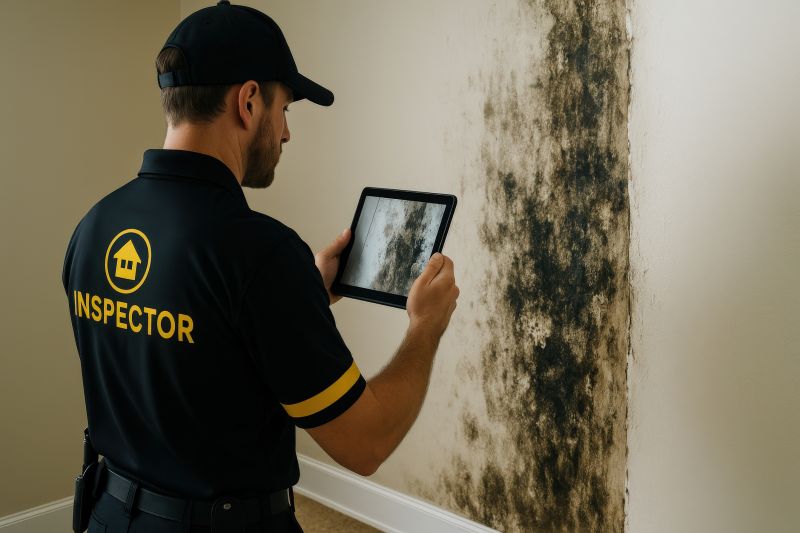
Assessing moisture after leaks or flooding.
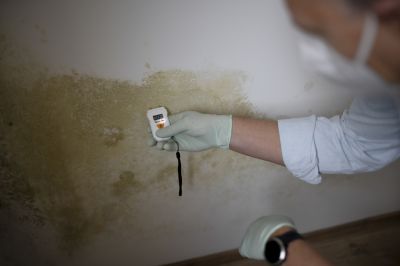
Tracking indoor moisture levels during humid seasons.

Evaluating properties before buying or selling.
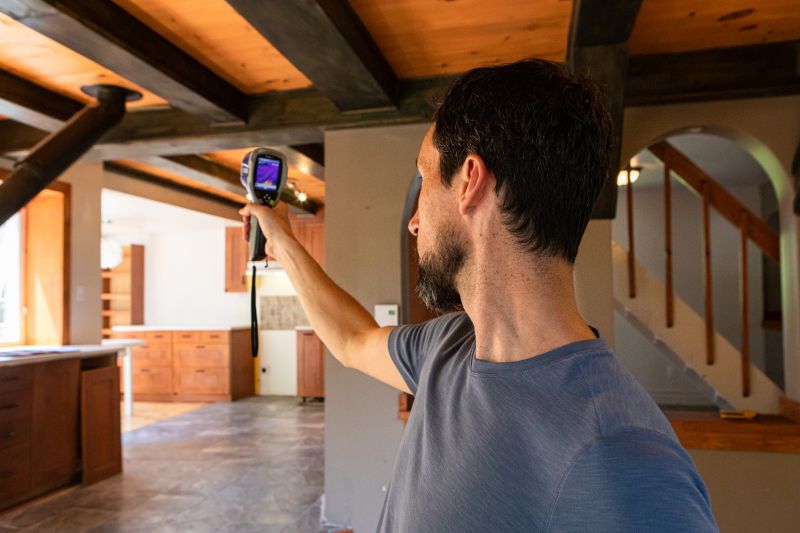
Ways to make Mold Inspections work in tight or awkward layouts.

Popular materials for Mold Inspections and why they hold up over time.

Simple add-ons that improve Mold Inspections without blowing the budget.
| Season/Period | Ideal Timing for Mold Inspections |
|---|---|
| Spring | High humidity increases mold activity; ideal for early detection. |
| Summer | Monitor after storms or leaks; humidity levels are elevated. |
| Fall | Seasonal moisture changes make inspections beneficial. |
| Post-Water Incident | Immediately after flooding or leaks to prevent mold spread. |
| Pre-Real Estate Transaction | Before buying or selling property to ensure safety. |
| During Renovations | To identify hidden mold in construction areas. |
Mold inspections are essential for maintaining indoor air quality and preventing potential health issues. Mold can grow within 24-48 hours in the presence of moisture, often hidden behind walls, under flooring, or in ventilation systems. Regular inspections during key periods can help detect mold early, reducing remediation costs and health risks. Studies show that mold exposure can cause respiratory problems, allergies, and other health concerns, emphasizing the importance of timely inspections.
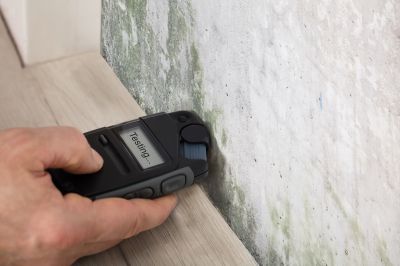
Using moisture meters and infrared cameras to detect hidden mold.
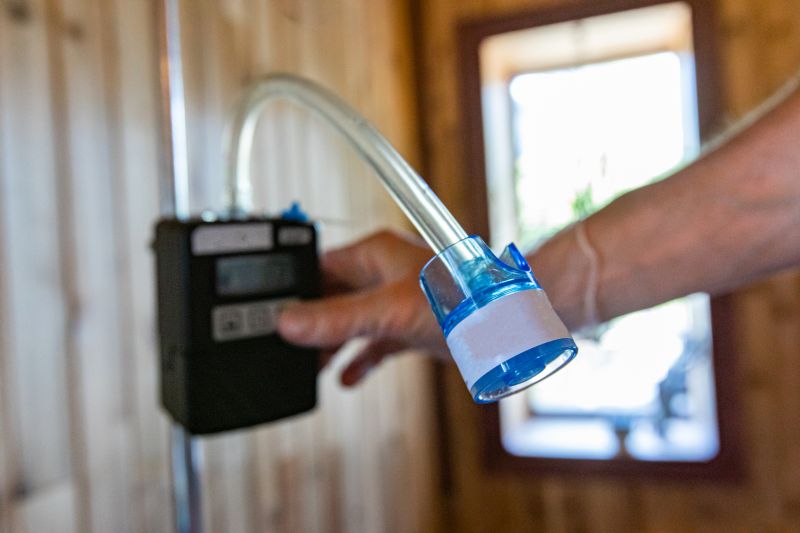
Assessing mold spores in the air for safety evaluation.
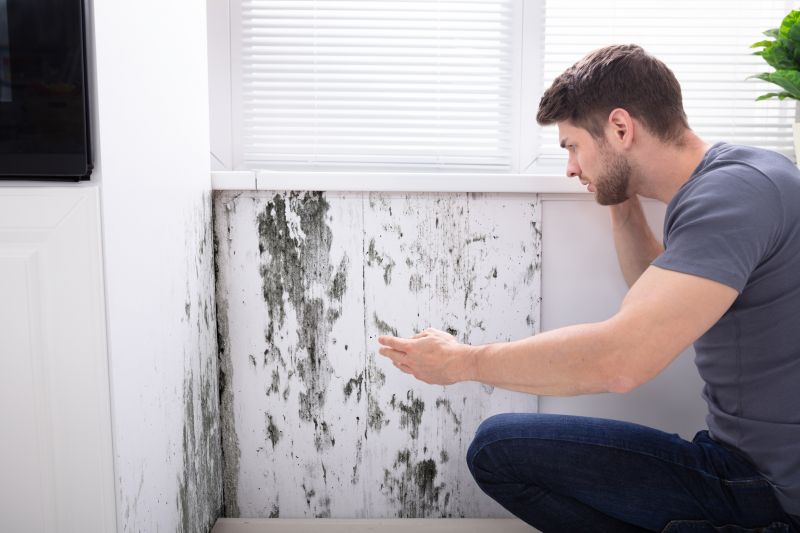
Identifying mold growth after flooding events.
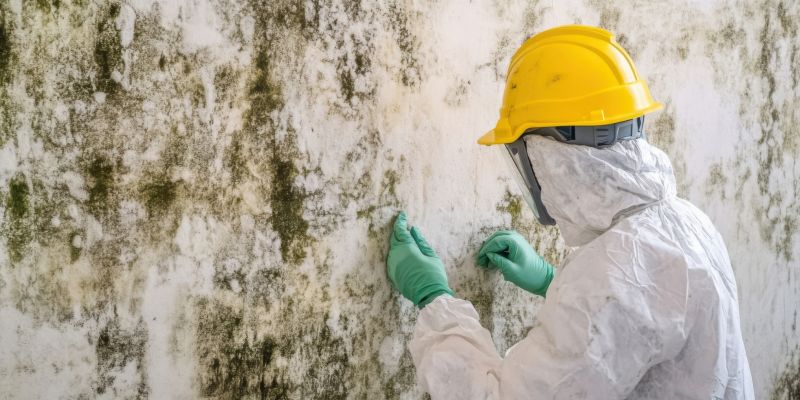
Ensuring properties are mold-free before sale.
Regular mold inspections are a proactive approach to maintaining a healthy living environment. Early detection prevents extensive mold growth, which can compromise structural integrity and pose health risks. Professional inspections include visual assessments, moisture measurements, and air sampling to identify mold presence accurately. If mold is detected, appropriate remediation steps can be taken promptly to mitigate further issues.

Locating moisture behind walls and ceilings.
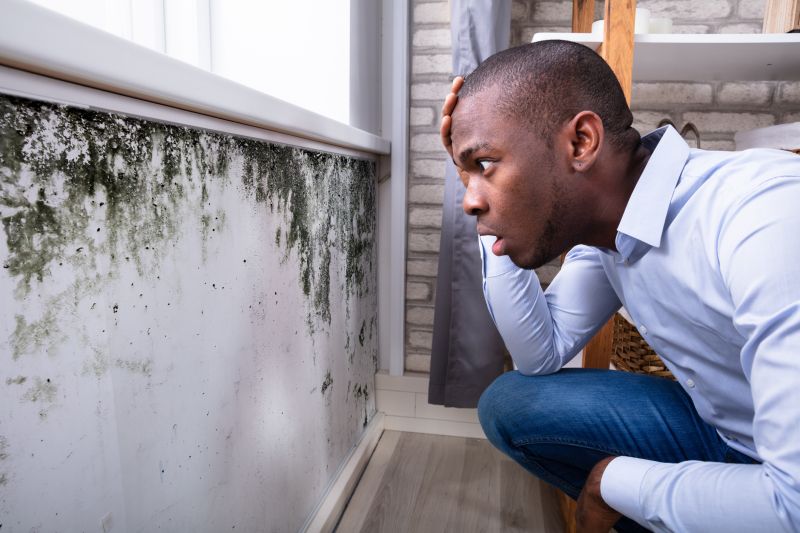
Identifying mold in concealed spaces.

High-end options that actually feel worth it for Mold Inspections.
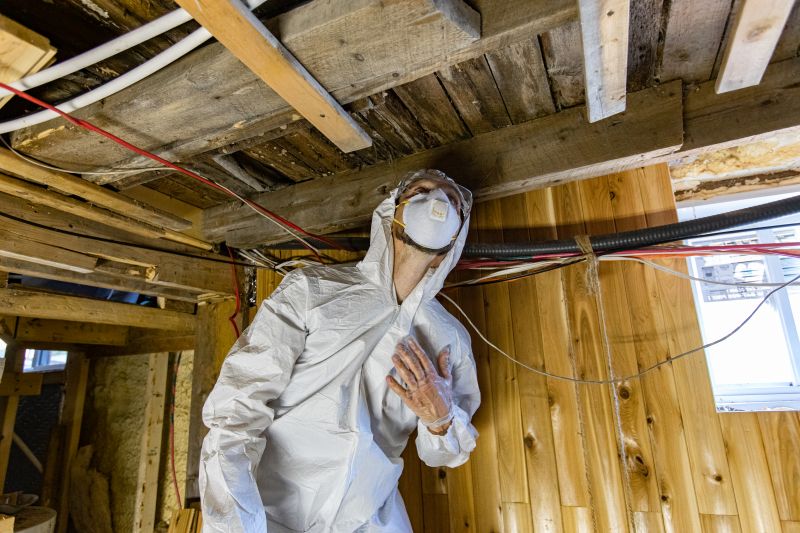
Finishes and colors that play nicely with Mold Inspections.

Little measurements that prevent headaches on Mold Inspections day.
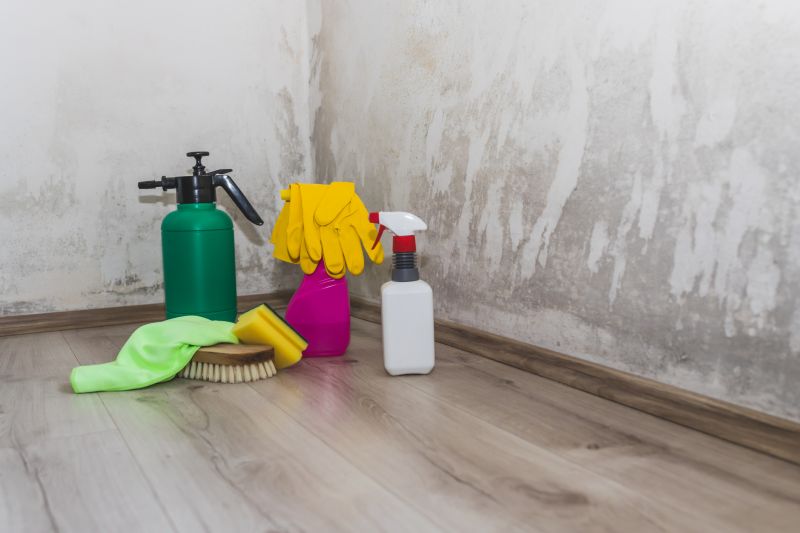
A 60-second routine that keeps Mold Inspections looking new.

A frequent mistake in Mold Inspections and how to dodge it.
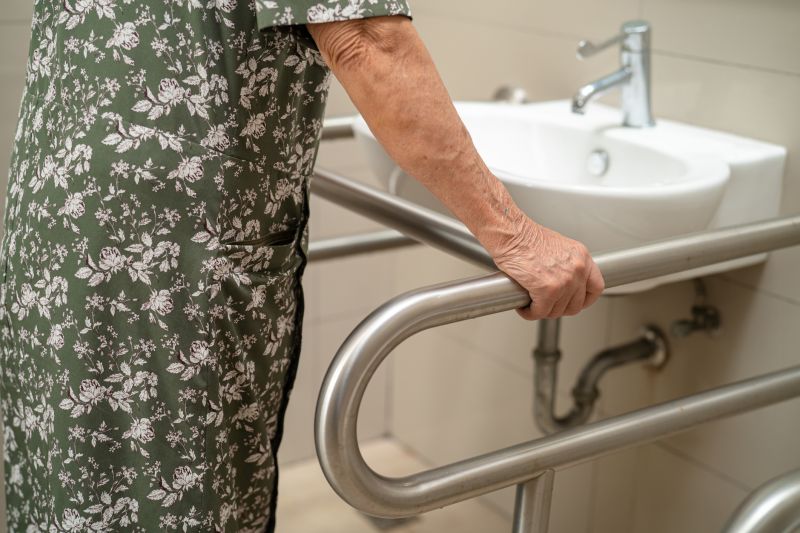
Small tweaks to make Mold Inspections safer and easier to use.
Interested in scheduling a mold inspection? Filling out the contact form can provide more information and help determine the best timing for assessment based on specific circumstances. Regular inspections contribute to healthier indoor environments and peace of mind.



